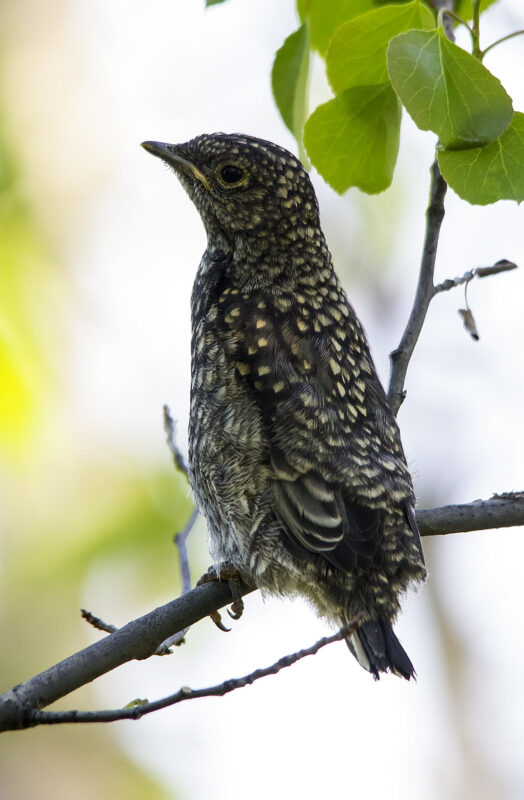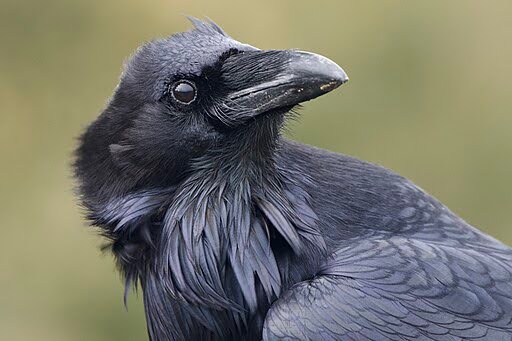It is becoming increasingly obvious that the Alberta Government has absolutely no respect for the people they are supposed to be representing.
Last year, this same government attempted a secretive deal to sell off native grasslands to a private firm to grow potatoes. The resulting ‘Potatogate’ furor from all segments of society negated that sale. The rumor was that the government decided to back off on that one, wait for the dust to settle and people to forget about it, and try again.
Did they not listen to the people the first time? Did they think we were just going to forget about it?
Now they’re at it again, proposing 16,000 acres of native grassland be turned into agricultural areas. Their “logic” is that the money from the sale of the land will allegedly be used to preserve other high-value parcels. They say the money will be put into a fund for conservation easements for non-profits, who must raise matching funds. There is absolutely no guarantee that any non-profit group will ever be able to receive this money.
As they’re not even listening to their own experts, who has judged the value of these ‘high-value’ parcels? Who has determined these parcels are worth more than the grasslands?
Sustainable Resources Minister Mel Knight is from a northern Alberta riding. Send him an email today at grandeprairie.smoky@assembly.ab.ca and tell him what you think of his complete disregard for the remaining native grasslands in our province. Tell him we haven’t forgotten.
Alberta Wilderness Association Press Release
On August 30, the Alberta government again placed 16,000 acres of Cypress County native grassland up for sale for conversion to intensive irrigation agricultural use. These are all the same lands that were pulled from an impending secretive sale last November after widespread public criticism. Alberta Wilderness Association (AWA) believes these lands should remain as public native grasslands where well-managed ranching and grassland-dependent wildlife species can co-exist.
“There is overwhelming public support and scientific evidence to keep Alberta’s remaining native grasslands free from intensive uses,” says Carolyn Campbell, AWA conservation specialist. “Many sensitive grassland species have been documented on these specific lands, which our government should be protecting, not actively seeking to destroy.”
Two endangered burrowing owl active nests were recently found on the lands posted for sale. There is also a breeding pair of North America’s largest soaring hawk – the endangered ferruginous hawk – and many pairs of North America’s largest shorebird, the long-billed curlew, a species of special concern. Numerous female pronghorn antelope use these specific lands as a fawning ground, where baby antelope are safely concealed in the native vegetation. All these species depend upon intact grasslands for survival, for the food sources and cover the vegetation provides. Cultivated irrigated land, the primary land use specified in the proposed sale documents, is not adequate habitat for them.
“These lands have been identified for conservation by the South Saskatchewan Regional Advisory Council in the report it submitted to Alberta earlier this year,” says AWA Vice President Cliff Wallis. “By putting these lands up for sale, the Minister is disrespecting their work and should hold off on any land sales in this area at least until government responds to those recommendations.”
Less than 2% of Alberta’s grasslands natural region is protected. Only 30% of Alberta’s grasslands remain, yet they support 70% of the mammal, bird, reptile and amphibian species that are at risk or may be at risk in Alberta.
For more information:
Carolyn Campbell, AWA Conservation Specialist: (403) 283-2025
Cliff Wallis, AWA Vice President: (403) 607-1970
Map of Environmentally Significant Areas classification of the proposed lands for sale Download File
Bird Canada Blog Oct 2010 – Irreplaceable Public Land to be Sold to Make Potato Chips
Posted by Pat Bumstead




































